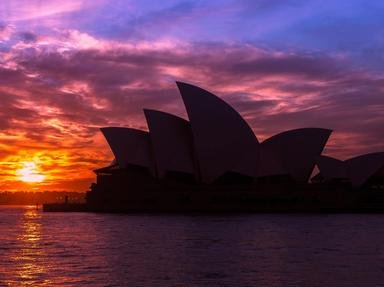Quiz Answer Key and Fun Facts
1. Aboriginal people crossed from mainland Asia into Queensland.
2. Queensland became a separate British colony
3. Gold is discovered in Gympie.
4. Shearers' strike led to the formation of the Australian Labor Party
5. Queensland became a state of the Commonwealth of Australia.
6. QANTAS was formed in Longreach.
7. Royal Flying Doctor Service commenced
8. "Once in a century" flood wrecks much of south-east Queensland
9. The inaugural State of Origin rugby league match
10. Brisbane hosted the Commonwealth Games
11. Brisbane hosted World Expo
12. High Court of Australia, recognises native title in Australia (Mabo Decision)
13. Queensland Floods (central and southern Queensland) + Cyclone Yasi
14. Queensland hosted the G20 summit
15. Gold Coast hosted the Commonwealth Games
Source: Author
1nn1
This quiz was reviewed by FunTrivia editor
gtho4 before going online.
Any errors found in FunTrivia content are routinely corrected through our feedback system.
